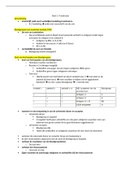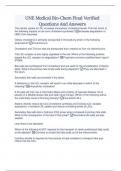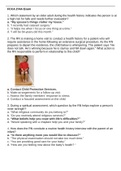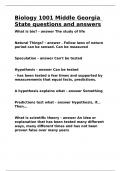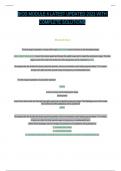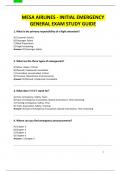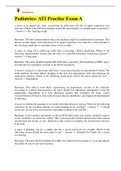Summary
Summary Set work revision: Anoushka Shankar, Breathing Under Water
- Module
- Unit 3 - Appraising
- Institution
- PEARSON (PEARSON)
A comprehensive revision resource for the Edexcel Music A-Level set work Anoushka Shankar, Breathing Under Water. Packed with ALL the content you need to know about the set work and comes with detailed wider listening examples to help you write top essays! Very well-formatted - the perfect revisio...
[Show more]




